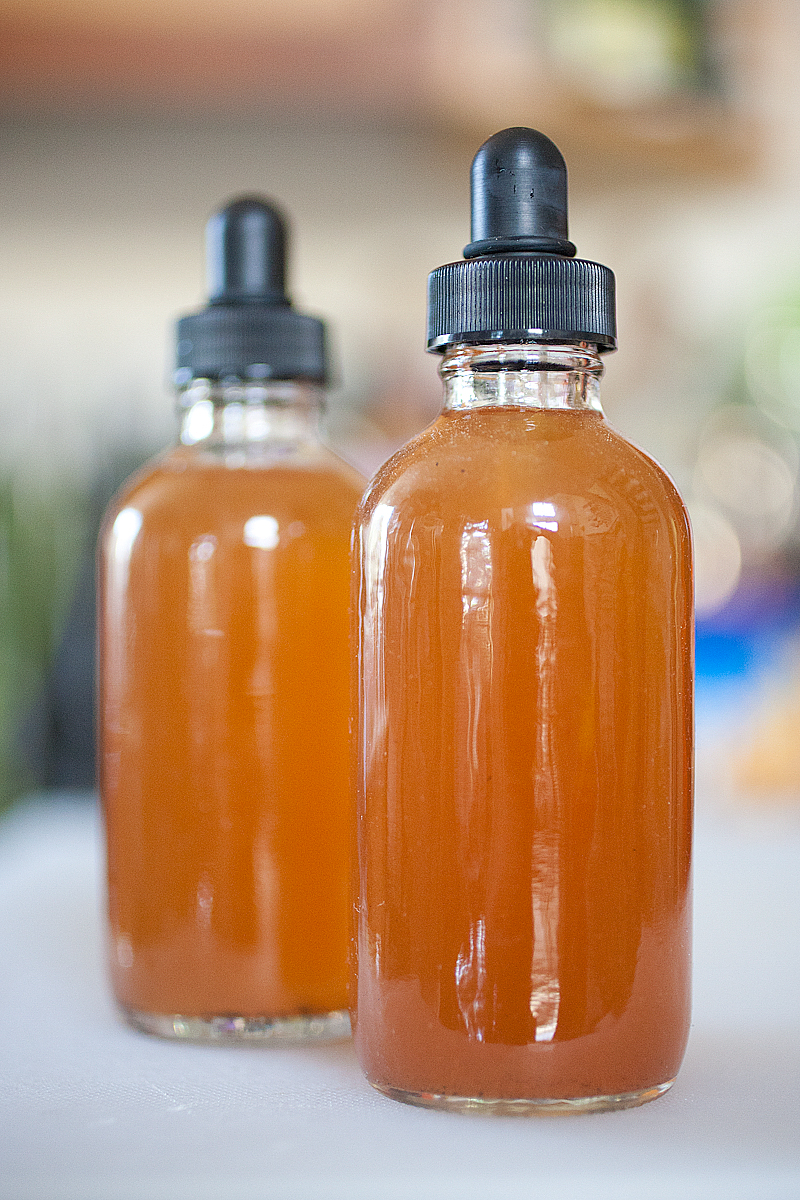
This is a slight non-sequitur, but as a followup to my bitters experiments a few weeks back:
Cooking Issues has an article on their (awesome) blog about rapid infusion using a cream whipper; the long and short of the technique is that you put some booze in a cream whipper canister along with whatever herbs or spices you want, charge the canister, swirl it for 30 seconds, let it sit for another 30 seconds, then rapidly discharge it and strain the contents. The theory is that the charging forces gas into the herbs/spices, and the rapid discharge causes the gas to bubble violently with expansion, releasing flavor/aroma compounds into the booze very quickly. They do lots of neat tests, one of which involves infusing vodka with cocoa nibs, which they claim turns out awesomely.
My good friend Erik, a pretty awesome dude who’s incredibly talented at a lot of different things and with whom I was lucky enough to dine at the French Laundry on my birthday a few weeks ago (along with his lovely wife Vanessa and, of course, my lady Sarah), got bit by the food bug at that dinner and has launched into a flurry of culinary experiments recently. He’s been working with both the French Laundry cookbook as well as Alinea’s, and he re-introduced me to the Cooking Issues fast-infusion technique. He specifically tried the cocoa nib vodka, with great success. In talking with him about it, it hit both of us that this might be an interesting method to apply to making bitters.
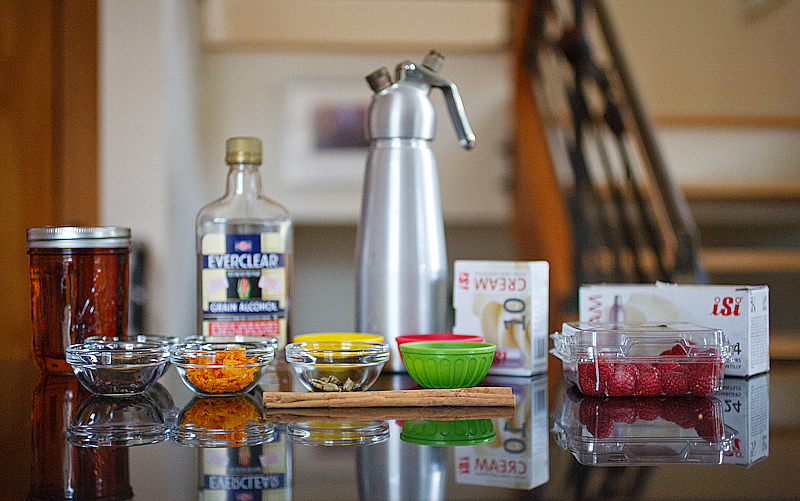
Some logistics: a cream whipper (as opposed to a soda siphon) is desirable because it’s easier to get herbs/spices into/out of (it has a wider mouth). Nitrous Oxide cartridges (rather than CO2 soda cartridges) are better for this technique because CO2 imparts a bitter flavor (ever tasted flat soda water? That bitter taste is the taste of CO2).
Cooking Issues mentions doing wedges of times for the infusion, noting that longer infusions tend to turn bitter. They don’t mention a ton about amounts though, and most of what they did involves herbs or plant matter. Not really knowing much more about how to start, I looked up a recipe in the Bitters book I mentioned last time (the “BHP House Bitters”), and just used amounts from that recipe. The big gotcha is that Cooking Issues mentioned sticking to around the 100ml capacity mark though, and this recipe in the Bitters book yields around a quart or so. I figured that this technique might not extract as much from the ingredients as the ‘traditional’ method of letting them steep for multiple weeks in the solvent, so using proportionally more would probably be ok.
The cool thing about this technique is that it’s super-fast, so if a particular ingredient didn’t infuse as much as I’d like, I could just re-charge the canister as many times as needed. I could also daisy-chain the process; I could infuse one ingredient until I got it to the point I wanted, then move to adding another in, tasting as I went.
I started with the bittering agents: gentian root, quassia and cassia chips. A single charge cycle of 30 seconds swirling/30-seconds sitting yielded this:
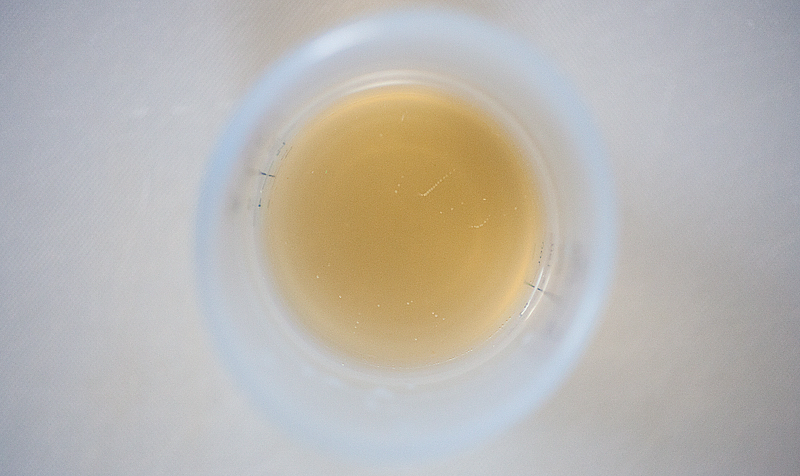
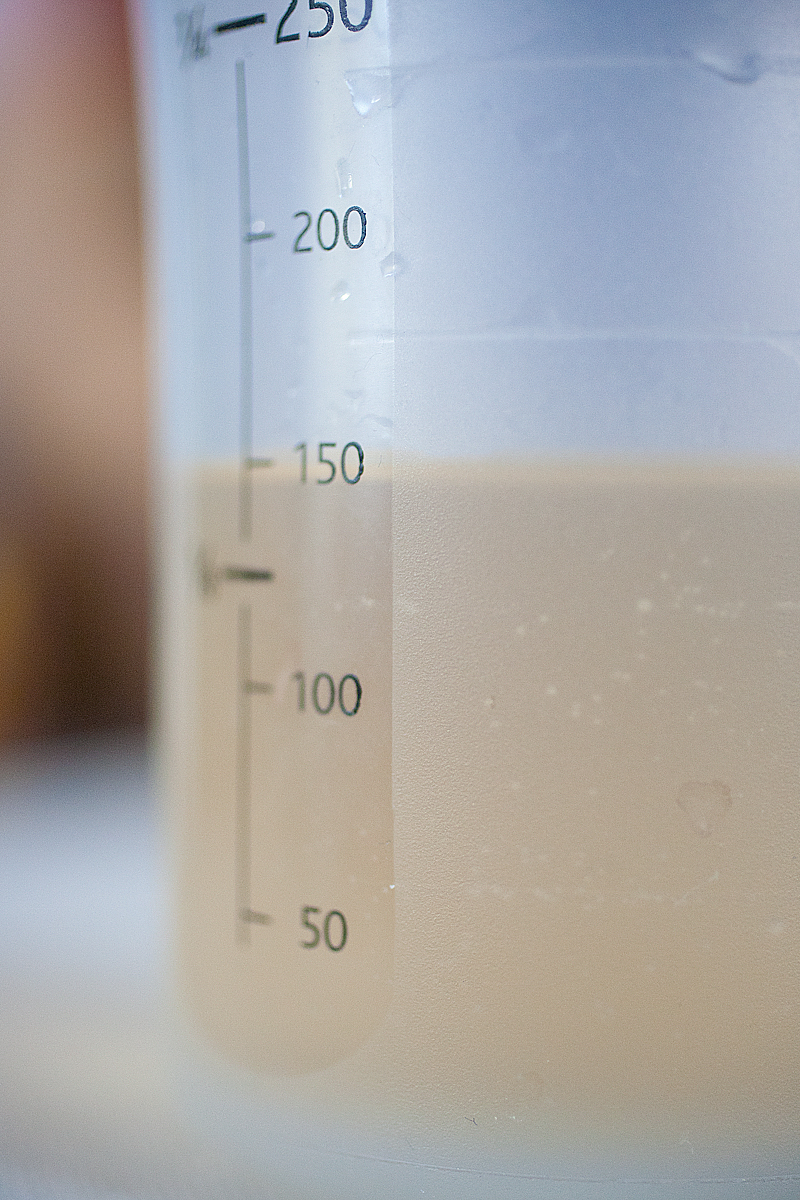
The color was great and it was immediately bitter…SUPER bitter. I got pretty excited that I was onto something here. I strained out the bittering agents, and added aromatics: clove, cardamom, vanilla, star anise. These infused a lot more slowly; after several 2-minute cycles of swirling/sitting, they were only barely recognizable to me. They definitely added color, but I wasn’t getting quite the depth or flavor/aroma from them that I would have liked.
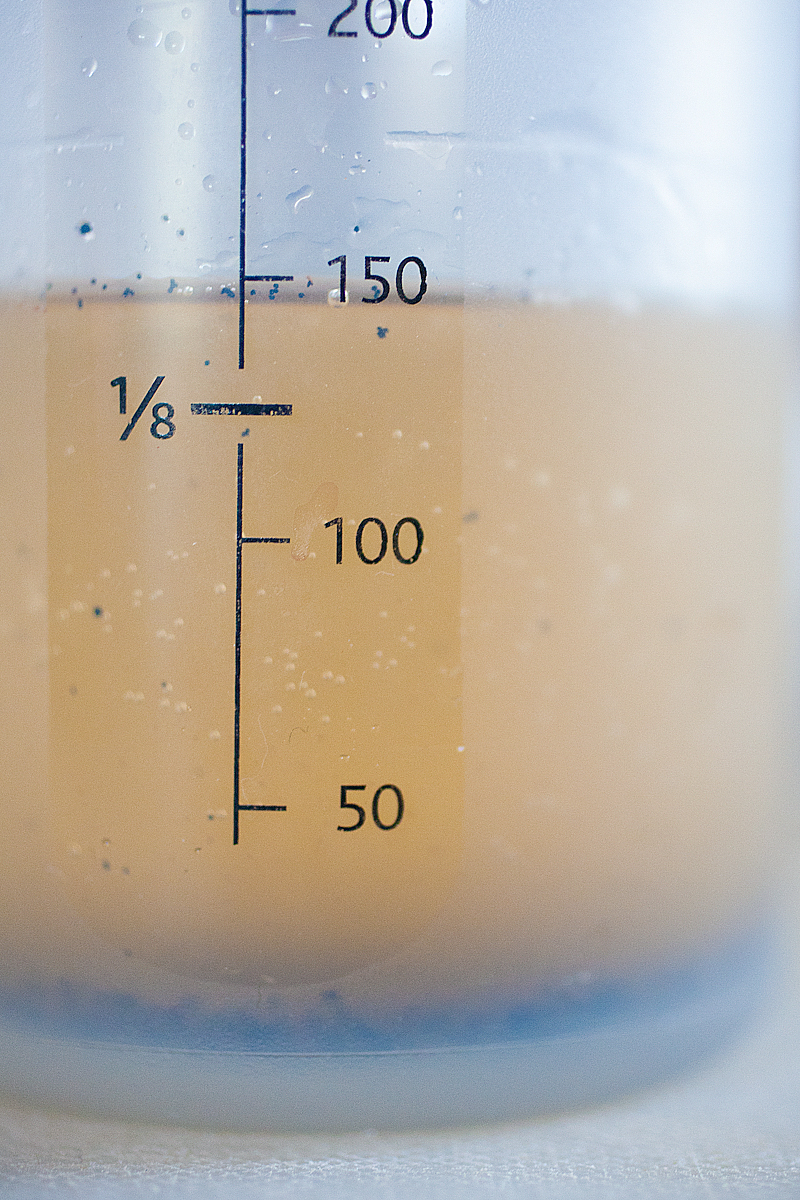
This was an experiment though, so rather than getting fussed about it being ‘right’, I just forged ahead and added a second round of aromatics: cinnamon, orange peel, some cassia buds. Again the hard spices didn’t quite infuse as quickly or strongly, but the orange peel was immediate and bright. The hard spices DID contribute to color though.
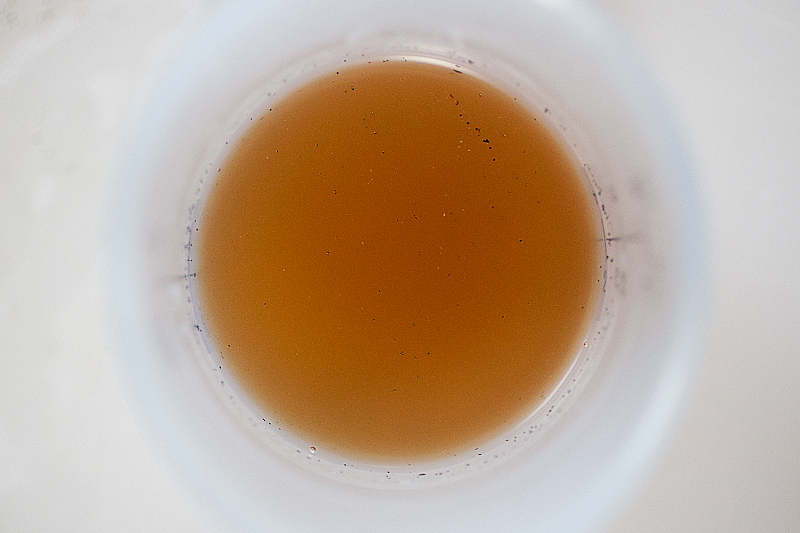
I had decided to use Everclear for this experiment. Part of the problem with Everclear is that it’s so damn alcoholic that it’s hard to smell subtleties in spice infusions in it. Previously, I dealt with this by infusing in Everclear, then diluting with water. The water is boiled with the infusion ingredients from the Everclear, so that you’re not just straight-up diluting your flavors. The problem though is that the violent boiling causes the water to go cloudy, which yields cloudy bitters. For this experiment, I took 100ml of 75%-alcohol Everclear and added 50ml of water to dilute it up front, BEFORE doing my rapid infusion. This meant I could smell what I was doing, and also eliminated the need to boil stuff in water. I suspected I would get a very clear bitters at the end of the day.
The BHP House Bitters recipe, though, directs me to use bourbon rather than everclear. To split the difference, I set aside the above infusion, and then measured out 150mls of bourbon and infused them using the same technique with cocoa nibs and raspberry. The bourbon I used was some that I’d aged in a small oak barrel (I started with ‘white dog’, which you can buy at places like BevMo.
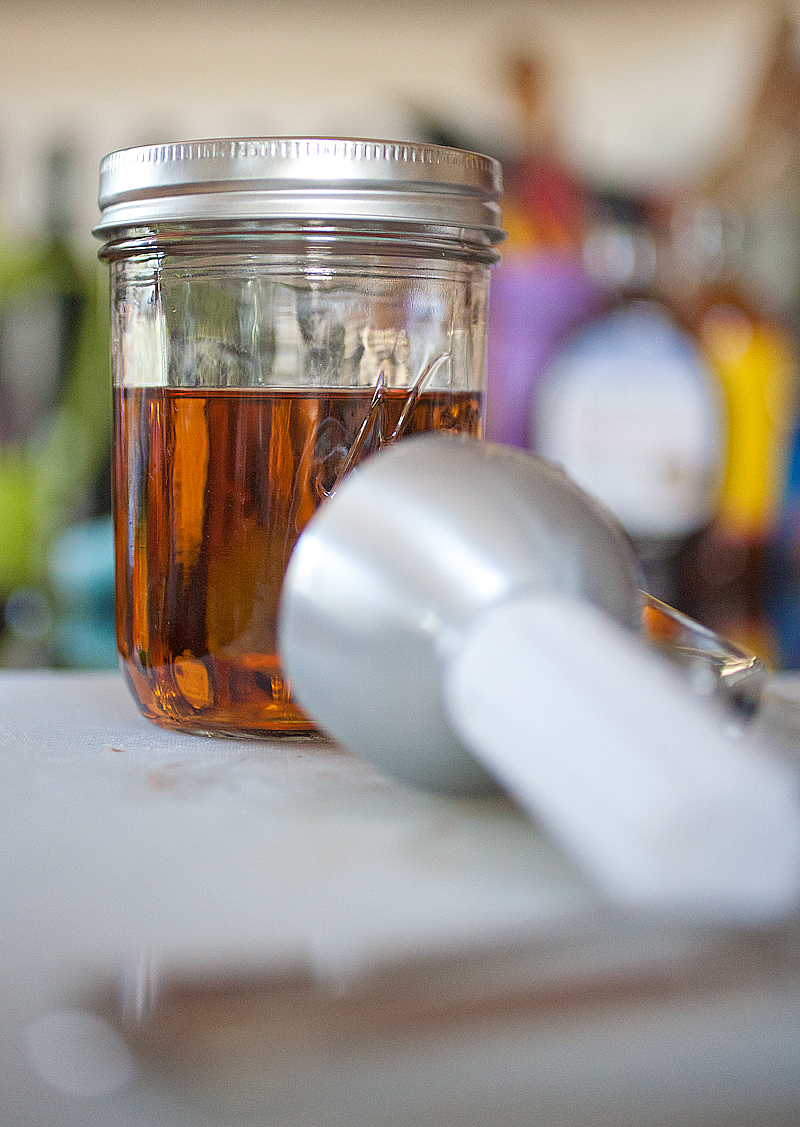
The cocoa nibs and raspberry trick only kinda-sorta worked with the bourbon; I got a subtle but nice chocolatey note, but very little raspberry. The berry offered more color than flavor.
I mixed the two alcohols and put ’em in some bottles. They tasted and smelled bitters-y for sure, but lacking some depth that the traditional steeping method offers. I don’t know how well this would work using things like wood chips or other woody ingredients, and the technique didn’t work very well with hard spices. Maybe crushing them (or toasting them) first might help? There are a lot of axes still left to explore here.
I like the idea of using this method for rapid-prototyping; you could ‘rough draft’ a flavor profile for bitters very quickly (the whole process took me like a half hour, as opposed to waiting 1.5 months using traditional steeping methods). It’s also good because it yields smaller batches, which again are handy for prototyping. And these resulting fast-prototype bitters are still decent enough to use in a cocktail; they’d only get better if I took the same ingredients and let them steep to get more depth out of them. The one standout issue is how to translate proportions properly and reliably from this method to the steeping method.
Oh, and when I woke up the next morning, the bitters had clarified almost perfectly; I just need to re-decant them to get rid of the sediment at the bottom there:
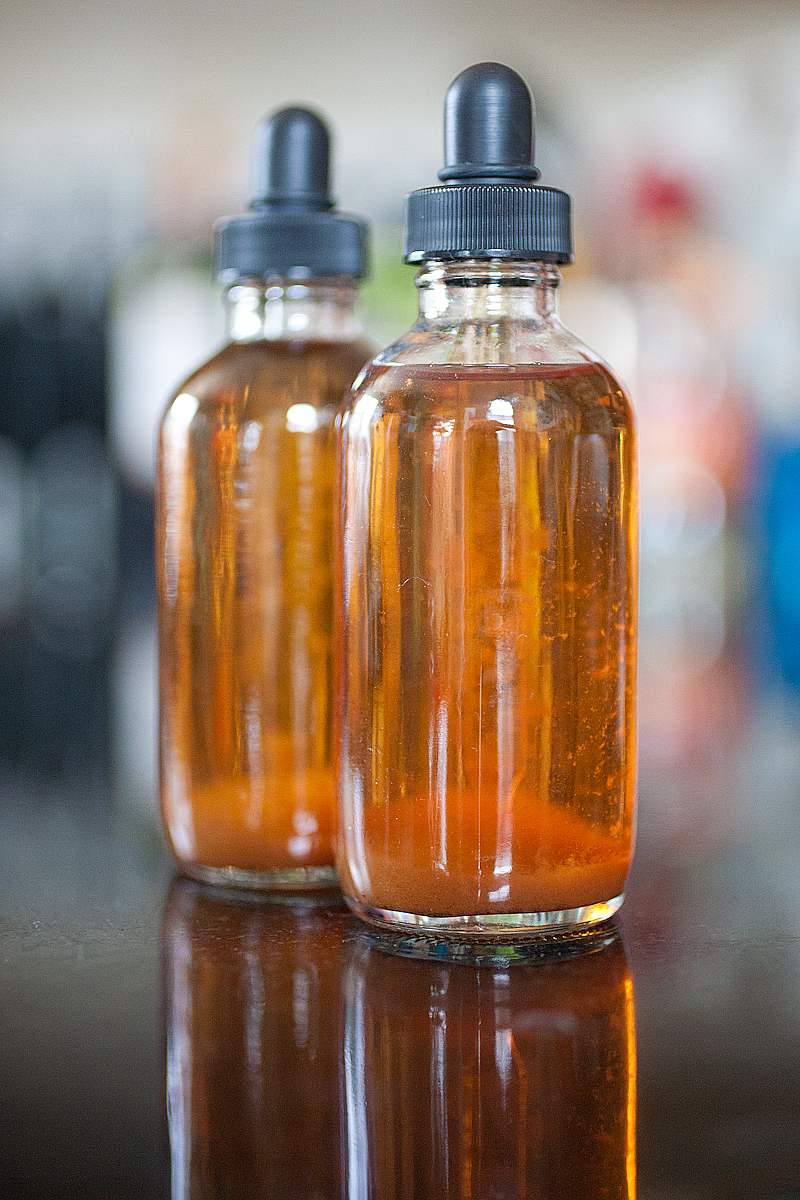
Neat! I’ve heard mentioned several times on the Cooking Issues podcast that the rapid infusions technique works best with porous infusees (new word?) That could explain why the aromatics and some of the hard spices didn’t infuse as well. I wonder if there’s some quick way to increase the porosity of these ingredients. Maybe a call into the podcast is warranted.